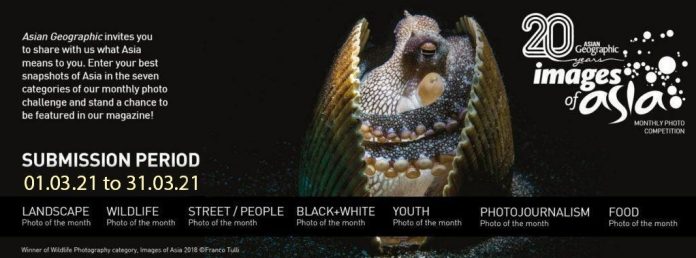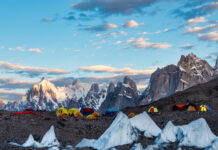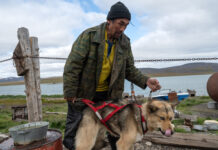The ASIAN Geographic’s Images of Asia (IOA) 2021 photography competition, exhibits the work of photographers from all across Asia. We have received stunning photos across the various categories, and here are the winners and finalists for February 2021!
Street/People Category
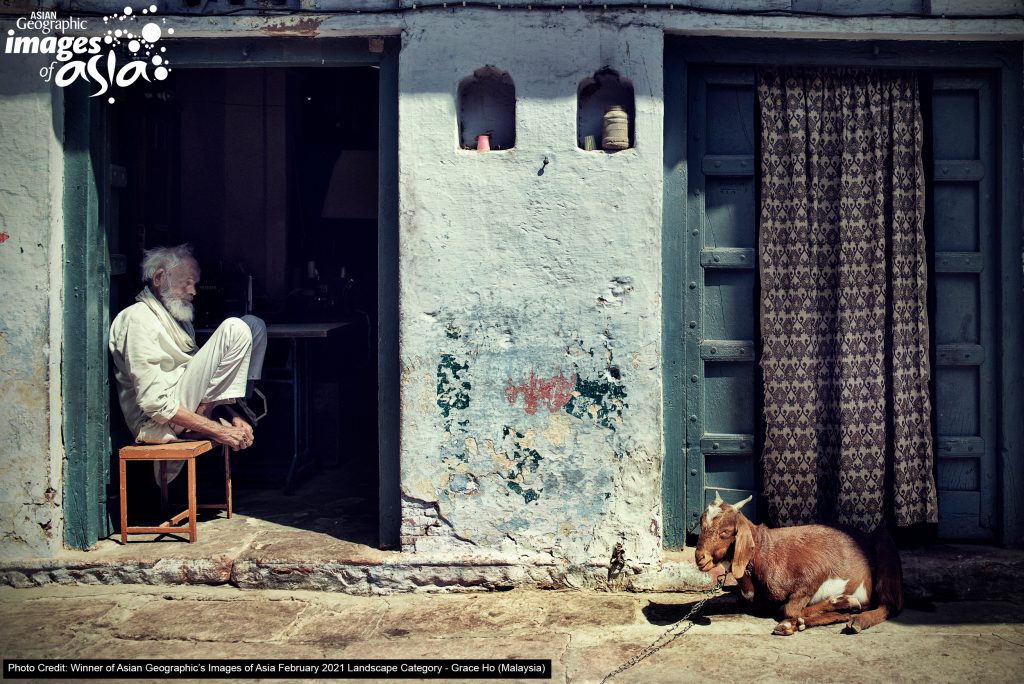 Street/People Category February 2021 Winner, taken in Jodhpur, India by Grace Ho, captioned, “Solitary Old Man and Lonely Goat”.
Street/People Category February 2021 Winner, taken in Jodhpur, India by Grace Ho, captioned, “Solitary Old Man and Lonely Goat”.
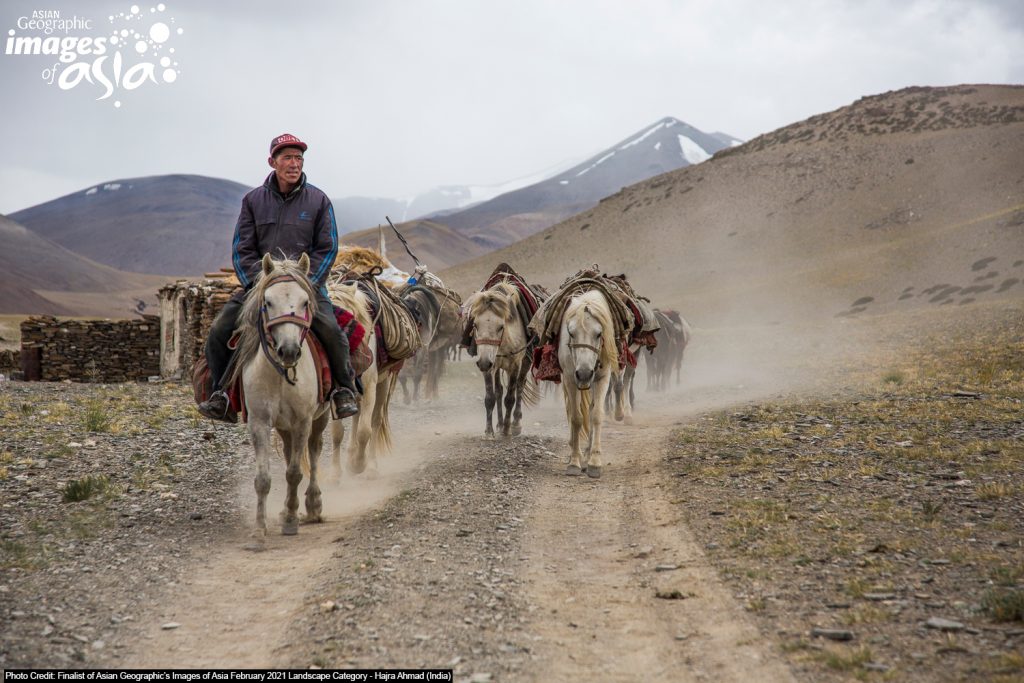 Street/People Category February 2021 Finalist, taken in Changthang, Ladakh by Hajra Ahmad, captioned, “The Nomads of the Changthang Plateau in Ladakh roam these vast open plains with their herds of the famed pashmina goats in search of green pastures. These are a rugged folk that brave the harshest conditions of the Changthang Plateau with resilience”.
Street/People Category February 2021 Finalist, taken in Changthang, Ladakh by Hajra Ahmad, captioned, “The Nomads of the Changthang Plateau in Ladakh roam these vast open plains with their herds of the famed pashmina goats in search of green pastures. These are a rugged folk that brave the harshest conditions of the Changthang Plateau with resilience”.
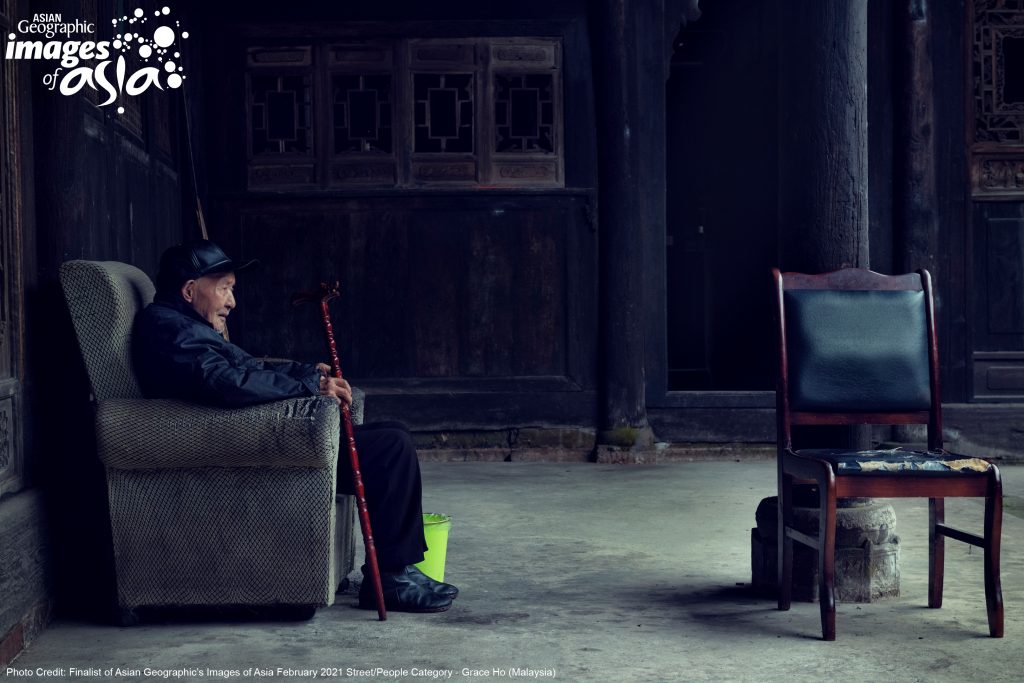 Street/People Category February 2021 Finalist, taken in Chengdu, China by Grace Ho, captioned, “Empty”.
Street/People Category February 2021 Finalist, taken in Chengdu, China by Grace Ho, captioned, “Empty”.
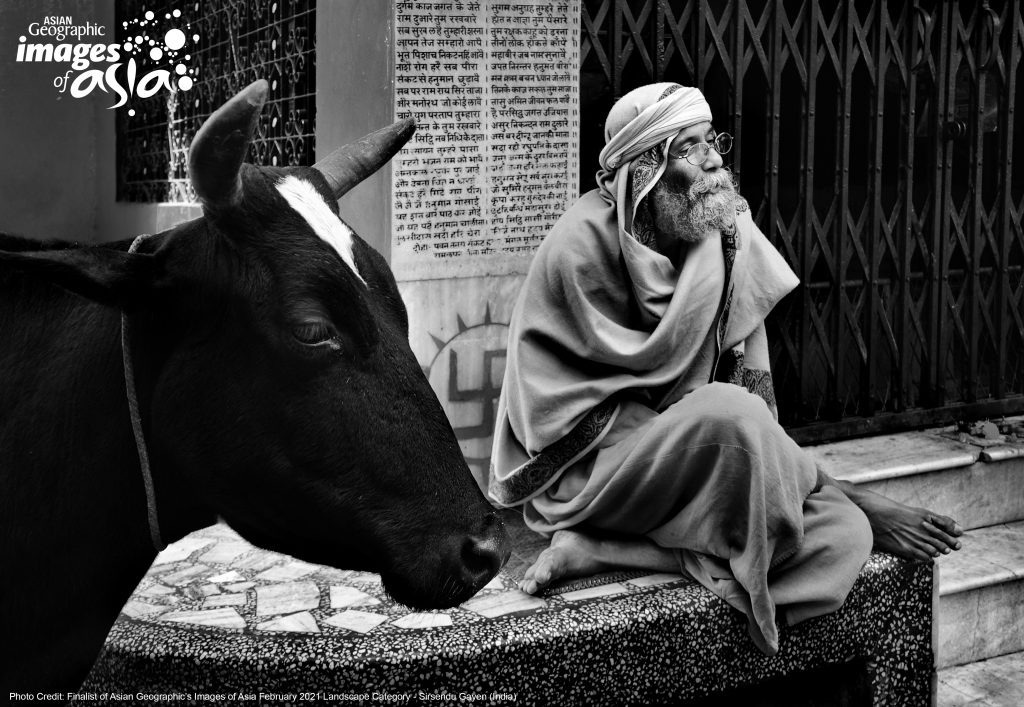 Street/People Category February 2021 Finalist, taken in Varanasi, India by Sirsendu Gayen, captioned, “Holy Totem”.
Street/People Category February 2021 Finalist, taken in Varanasi, India by Sirsendu Gayen, captioned, “Holy Totem”.
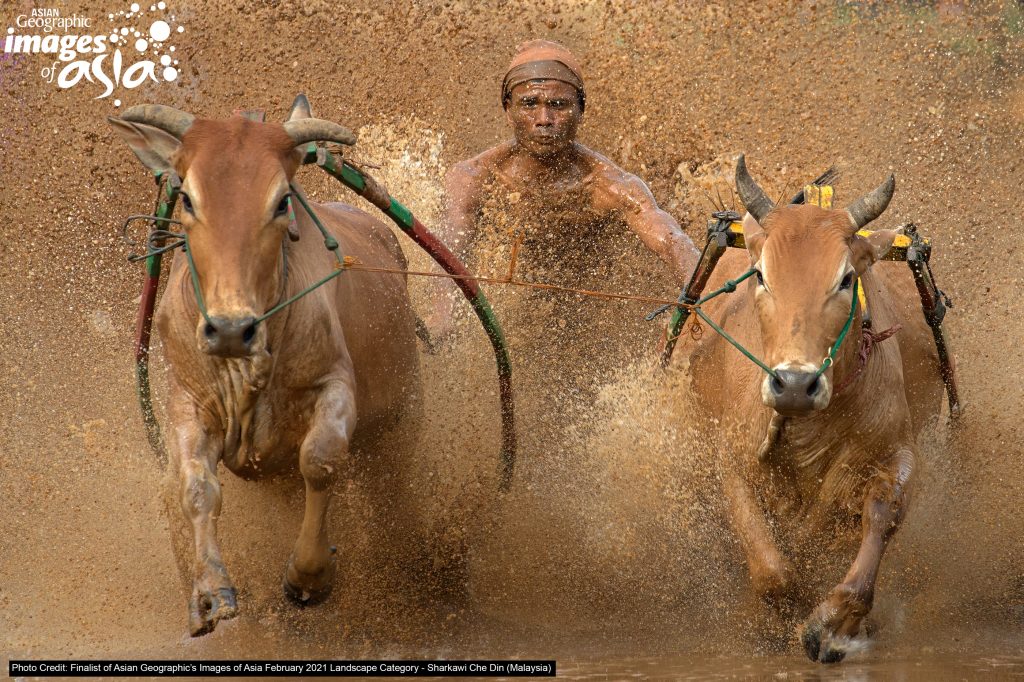 Street/People Category February 2021 Finalist, taken in West Sumatra, Indonesia by Sharkawi Che Din captioned, “The jockey is commanding his buffalos during the race, which took place after harvesting the paddy”.
Street/People Category February 2021 Finalist, taken in West Sumatra, Indonesia by Sharkawi Che Din captioned, “The jockey is commanding his buffalos during the race, which took place after harvesting the paddy”.
Black and White Category
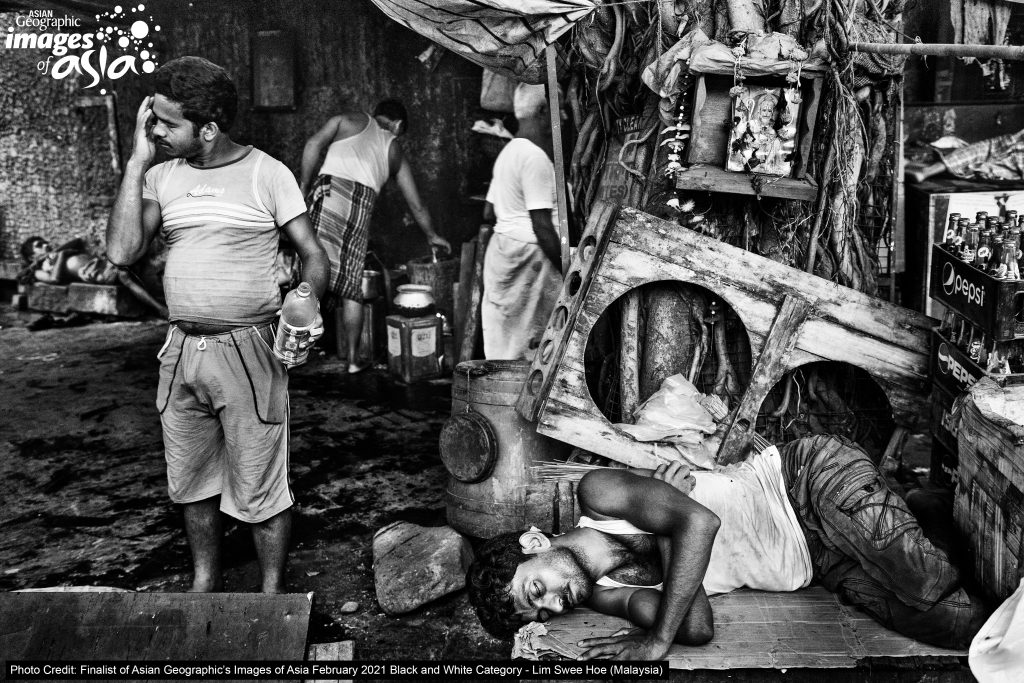 Black and White Category February 2021 Winner, taken in Kolkata, India by Lim Swee Hoe, captioned “Good Morning”.
Black and White Category February 2021 Winner, taken in Kolkata, India by Lim Swee Hoe, captioned “Good Morning”.
 Black and White Category February 2021 Finalist, taken in Kolkata, India by Lim Swee Hoe, captioned “Rush Hour”.
Black and White Category February 2021 Finalist, taken in Kolkata, India by Lim Swee Hoe, captioned “Rush Hour”.
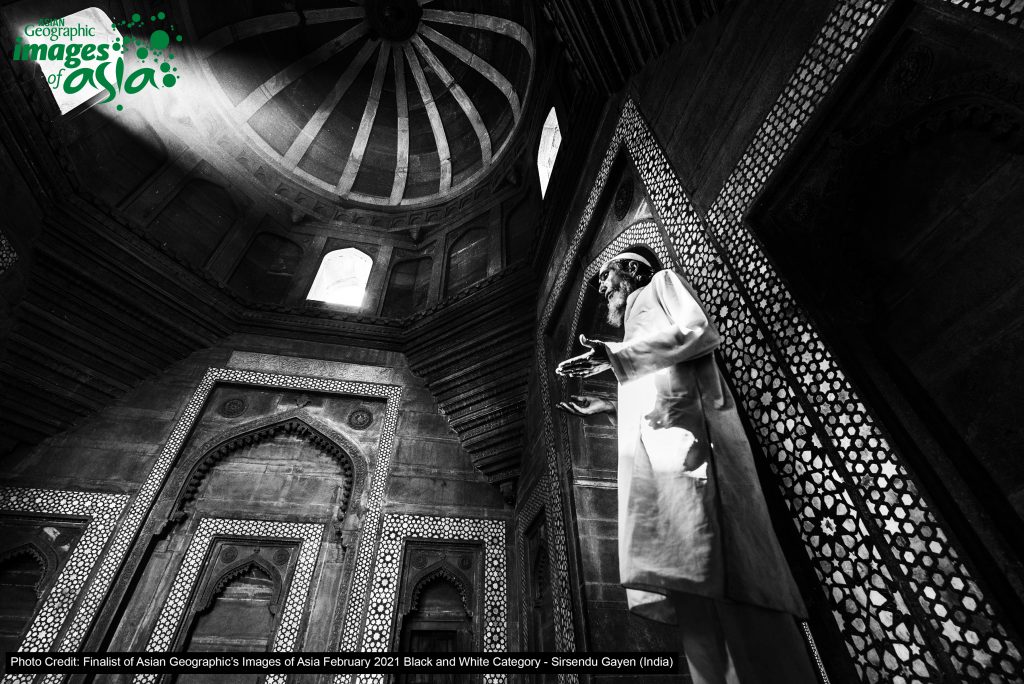
Black and White Category February 2021 Finalist, taken in Agra, West Bengal by Sirsendu Gayen, captioned “A Prayer”.
Landscape Category
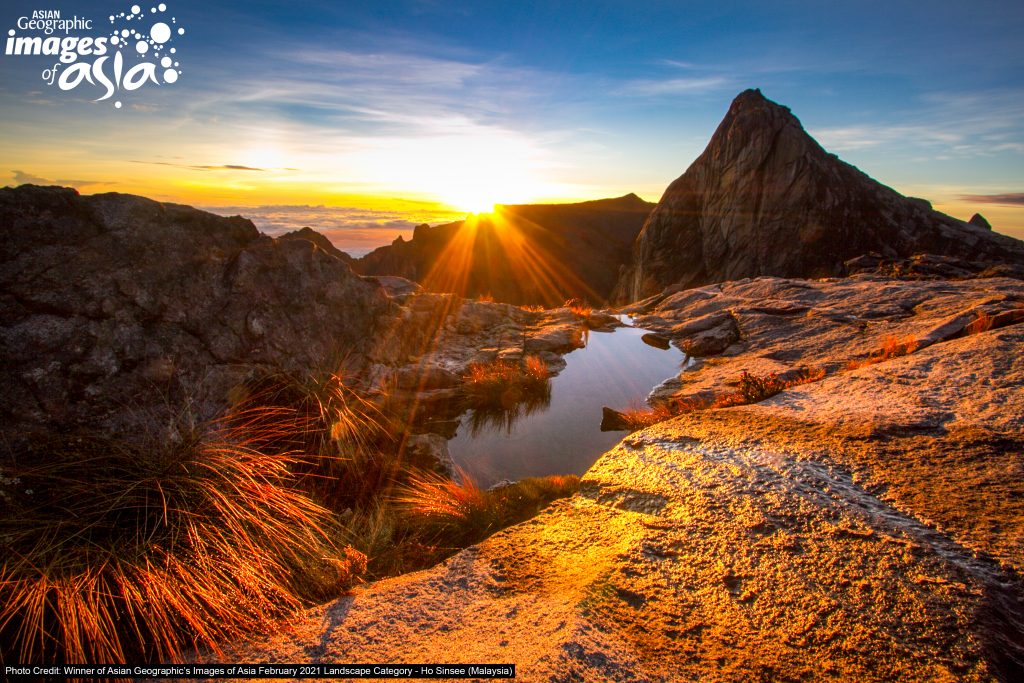 Landscape Category February 2021 Winner, taken in Mount Kinabalu, Malaysia by Sinsee Ho, captioned “Golden Dawn, Mount Kinabalu”.
Landscape Category February 2021 Winner, taken in Mount Kinabalu, Malaysia by Sinsee Ho, captioned “Golden Dawn, Mount Kinabalu”.
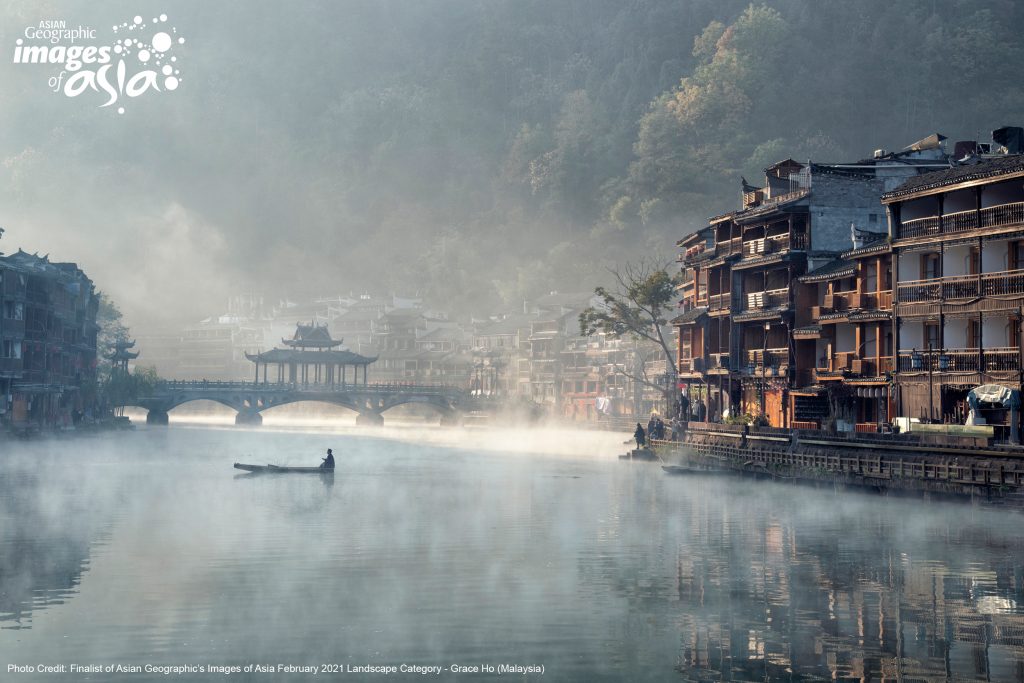 Landscape Category February 2021 Finalist, taken in Zhangjiajie, China by Grace Ho, captioned “Misty Morning at Fenghuang Old Town”.
Landscape Category February 2021 Finalist, taken in Zhangjiajie, China by Grace Ho, captioned “Misty Morning at Fenghuang Old Town”.
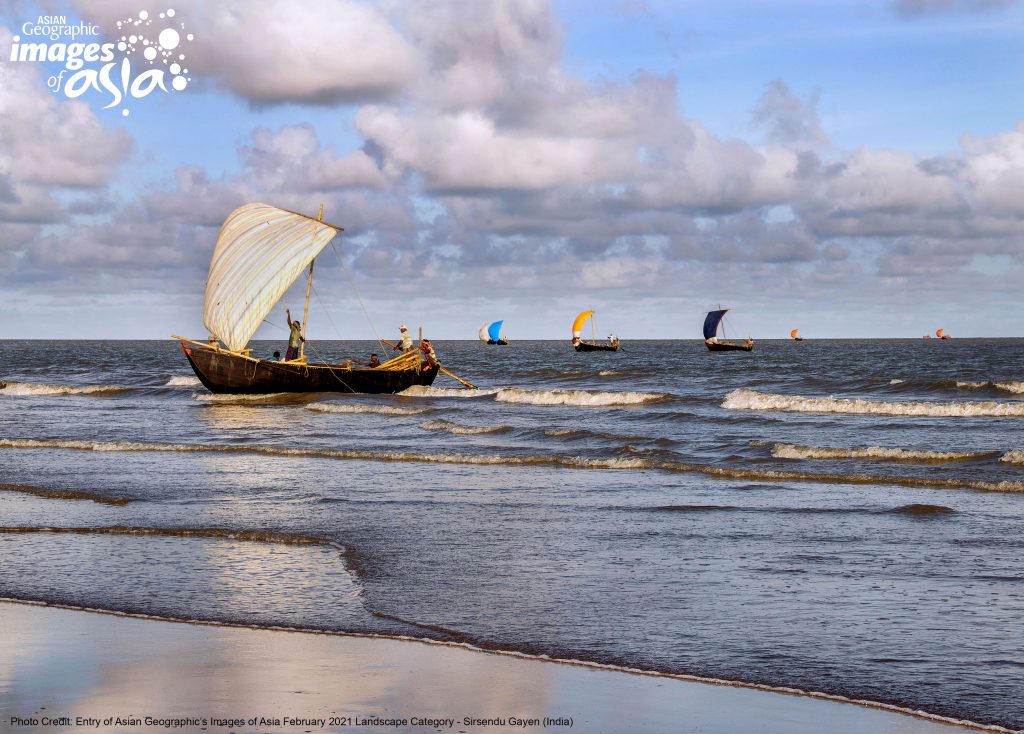 Landscape Category February 2021 Finalist, taken in Mandarmani, West Bengal by Sirsendu Gayen, captioned “Sea Voyage”.
Landscape Category February 2021 Finalist, taken in Mandarmani, West Bengal by Sirsendu Gayen, captioned “Sea Voyage”.
Wildlife Category
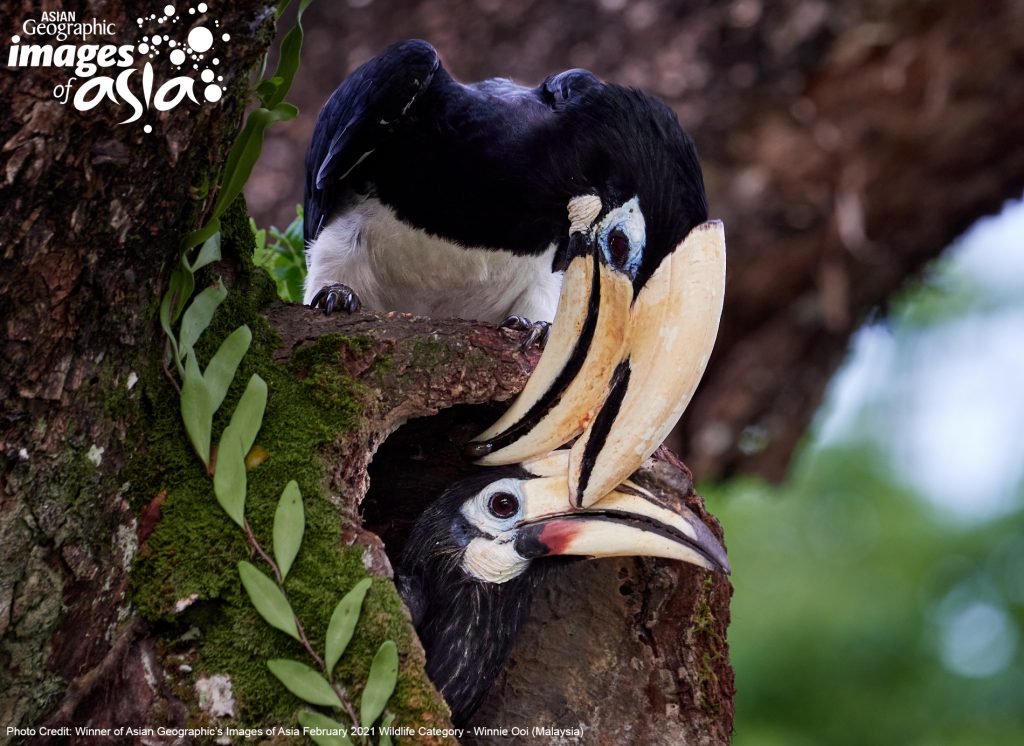 Wildlife Category February 2021 Winner, taken at Taiping Lake Garden Raintree Walk, Taiping, Perak by Winnie Ooi.
Wildlife Category February 2021 Winner, taken at Taiping Lake Garden Raintree Walk, Taiping, Perak by Winnie Ooi.
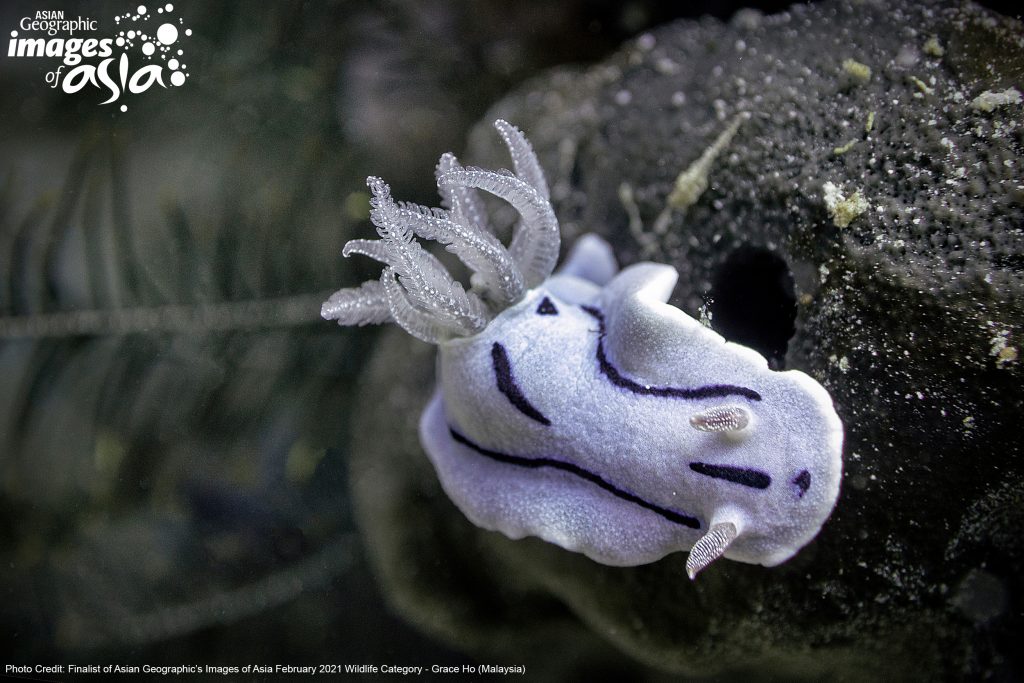 Wildlife Category February 2021 Finalist, taken in Sempurna, Sabah, Malaysia by Grace Ho, captioned “Nudibranch”.
Wildlife Category February 2021 Finalist, taken in Sempurna, Sabah, Malaysia by Grace Ho, captioned “Nudibranch”.
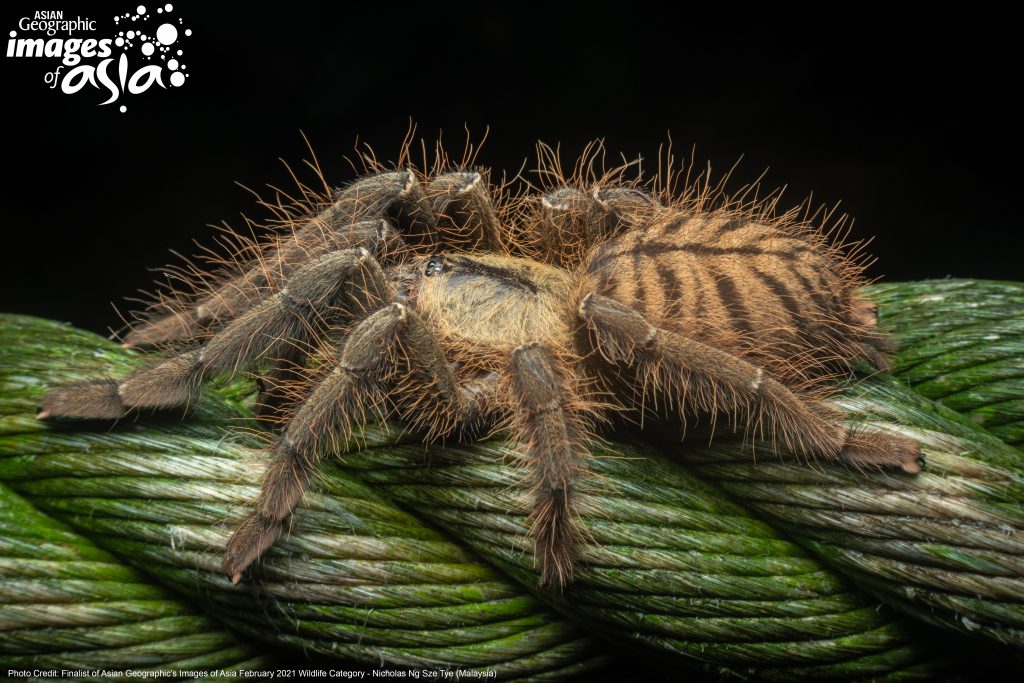 Wildlife Category February 2021 Finalist, taken in Botanical Garden, Penang by Nicholas Ng, captioned “Malaysian Earth Tiger Tarantula”.
Wildlife Category February 2021 Finalist, taken in Botanical Garden, Penang by Nicholas Ng, captioned “Malaysian Earth Tiger Tarantula”.
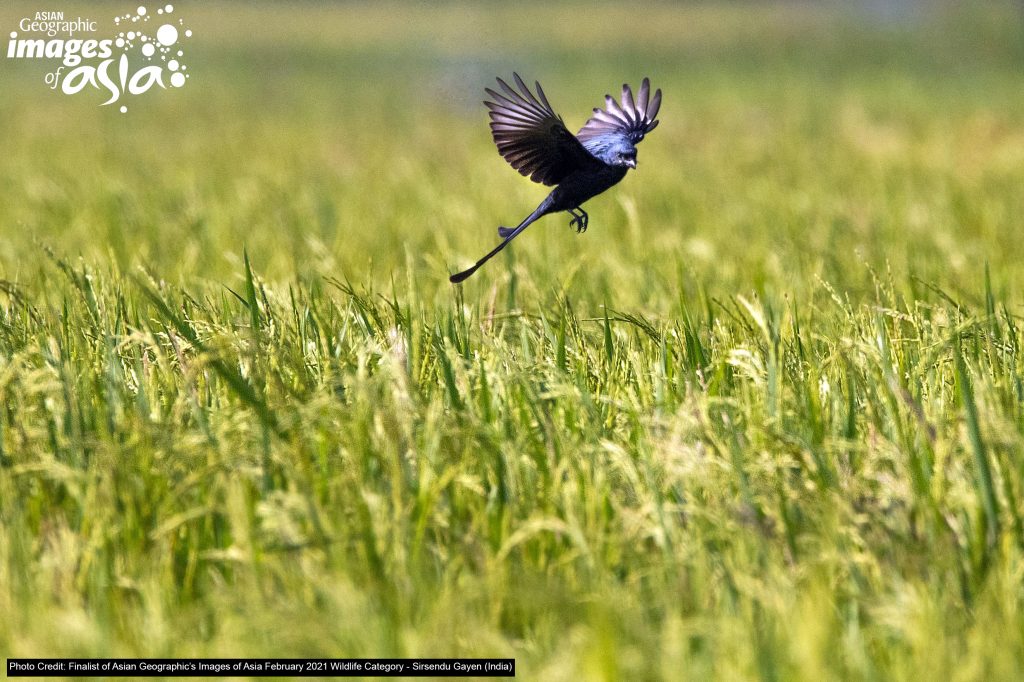 Wildlife Category February 2021 Finalist, taken in Jhargram, West Bengal by Sirsendu Gayen, captioned “Flying Black Drongo on the Paddy Field”.
Wildlife Category February 2021 Finalist, taken in Jhargram, West Bengal by Sirsendu Gayen, captioned “Flying Black Drongo on the Paddy Field”.
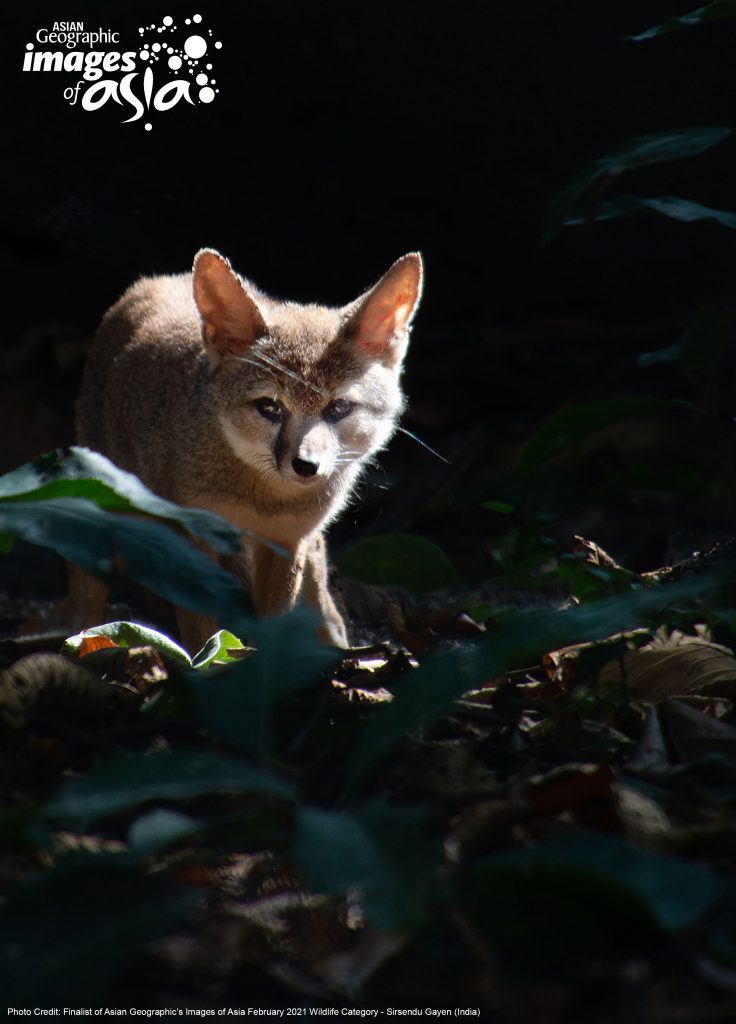 Wildlife Category February 2021 Finalist, taken in Jhargram, West Bengal by Sirsendu Gayen, captioned “A Jackal”.
Wildlife Category February 2021 Finalist, taken in Jhargram, West Bengal by Sirsendu Gayen, captioned “A Jackal”.
Food Category
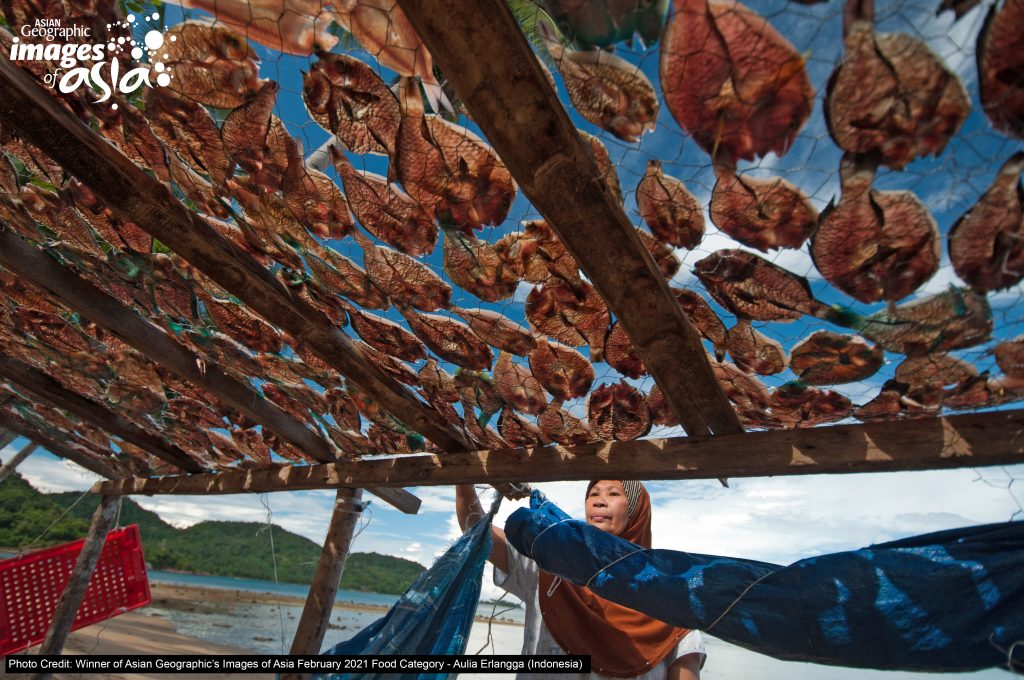 Food Category February 2021 Winner, taken in Jemaja Island, Province of Riau Islands, Indonesia by Aulia Erlangga, captioned “Salted fish is the main economic commodity for people in small islands in remote areas of Indonesia. Abundant marine products must be preserved in order to have economic value because inter-island ships that will bring their salted fish production to markets on big islands do not stop at their ports every day. And preserving it by salting it is the most economical way. Seawater and sunshine are always available”.
Food Category February 2021 Winner, taken in Jemaja Island, Province of Riau Islands, Indonesia by Aulia Erlangga, captioned “Salted fish is the main economic commodity for people in small islands in remote areas of Indonesia. Abundant marine products must be preserved in order to have economic value because inter-island ships that will bring their salted fish production to markets on big islands do not stop at their ports every day. And preserving it by salting it is the most economical way. Seawater and sunshine are always available”.
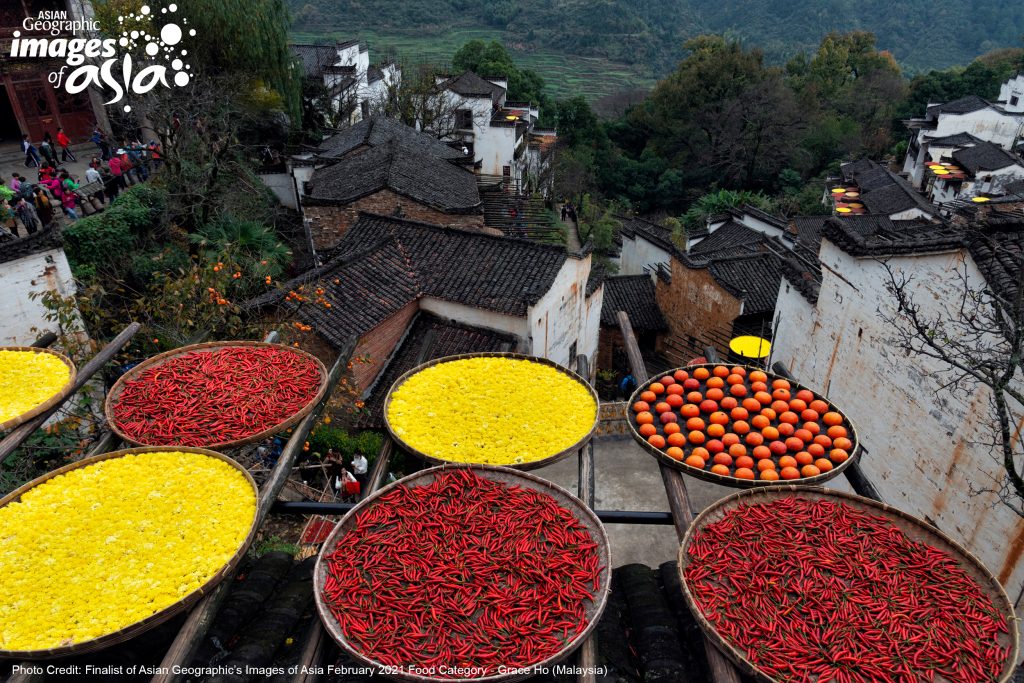 Food Category February 2021 Finalist, taken in Jiangxi, China by Grace Ho, captioned “Ready for the Winter”.
Food Category February 2021 Finalist, taken in Jiangxi, China by Grace Ho, captioned “Ready for the Winter”.
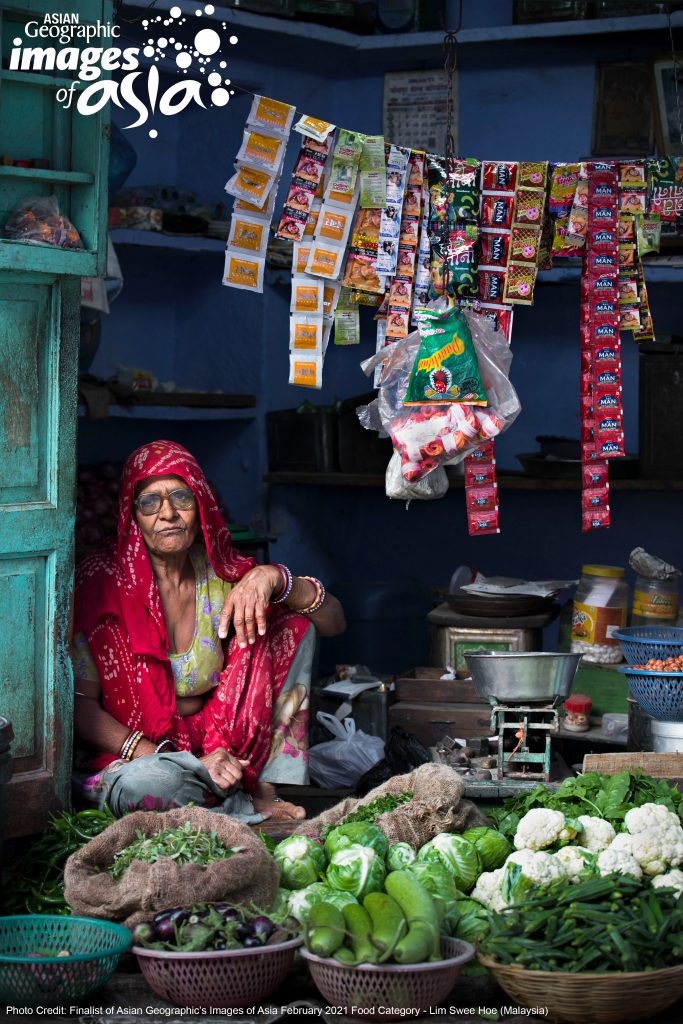 Food Category February 2021 Finalist, taken in Jodphur, India by Lim Swee Hoe, captioned “My Stall”.
Food Category February 2021 Finalist, taken in Jodphur, India by Lim Swee Hoe, captioned “My Stall”.
Photojournalism Category
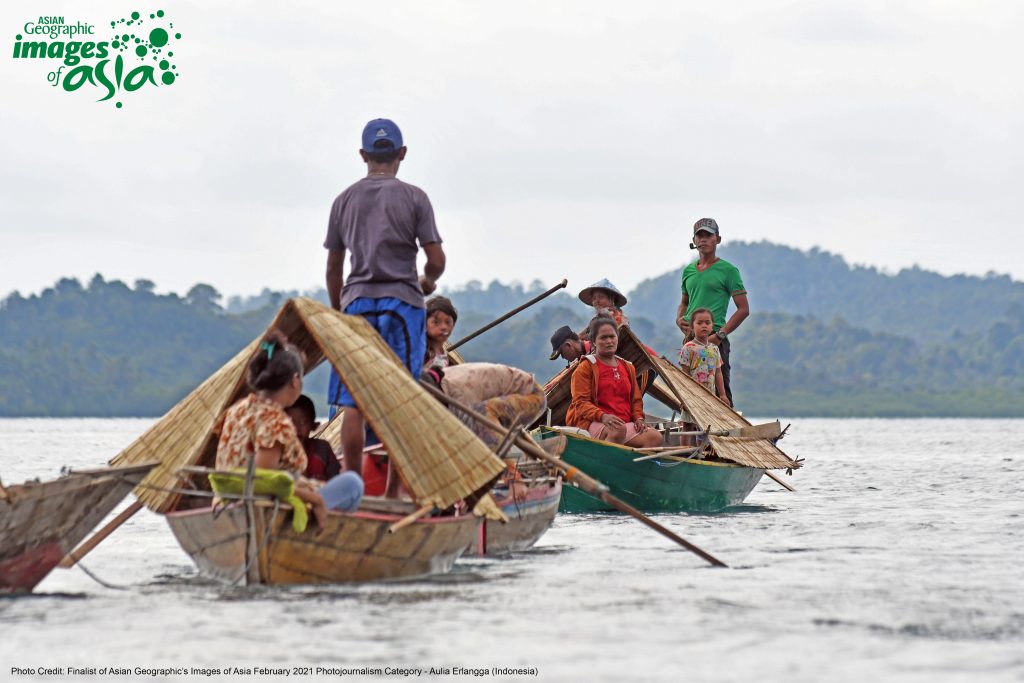 Photojournalism Category February 2021 Finalist, taken in Lingga Island Sea, Province of Riau Island, Indonesia by Aulia Erlangga.
Photojournalism Category February 2021 Finalist, taken in Lingga Island Sea, Province of Riau Island, Indonesia by Aulia Erlangga.
As told by Aulia – “Orang Laut (Sea People/Sea Tribe) is one of the old Malay ethnic groups (proto Melayu) who have a nomadic lifestyle with different cultural characteristics from the Malays who live on the mainland. Malays and Sea People are identities different related to life patterns (way of life). Their ancestors were the same. However, the way of their survival is different. Malay people are an ethnic group that lives on land, meanwhile, Sea People live in coastal areas, small islands or even live in ‘kajang’ canoe.
The canoe is a symbol of a family unit. One canoe contains one family. The canoe has an awning roof. Kajang is the term for the roof of the sampan house made of thatch leaves. Their life is very dependent on the sea and very traditional. The sea and its adjacent coastal areas have always been home to Sea People. Even though at present time they already have a permanent home, the Sea People at certain seasons still carry out a nomadic lifestyle like their ancestors to get something from the sea for a living. Their livelihood is to use biota sea such as fish, sea cucumbers, and shrimp in coral reef ecosystems with spears. Their resources and working conditions are very influenced by the season.
Historically, the Sea people played an important role within the Sultanates of Malacca-Johor and Riau-Lingga. Based on records of European explorers in the 17-18 centuries, Sea people as an ethnic group most loyal to the Malay sultan. Over the centuries, the Sea People have economic and cultural symbiotic relationships with Malays at the trading port. Identity both develop simultaneously when the first cosmopolitan trading centre times formed in Temasek (now Singapore).
The Sea People society has a special role in history because it is in that area covering hundreds of islands with its waters very complicated right on the lips of the Melaka Strait. Party those who control this area also control the currents trade through the strait which is very strategic. Support from the indigenous people of the archipelago (formerly referred to as the Pesukuan) at the moment certain in history is an important factor for those who control this area at the time.
Entering the 20th century, along with its formation post-independent countries colonial in the Southeast Asian region, then in a manner, strict boundaries between countries (demarcation) separate one region from another. In the context of the Sea People cultural area, the mobility of the Sea People has become limited. Access to a location that is rich in marine resources in certain seasons become closed. Automatic it was more difficult for the Sea People to make a living at sea.
At present, the distribution of the Sea People currently still exists in the Islands Riau (Lingga, Pulau Tujuh, Batam), as well coast and islands off the coast of Sumatra eastern part and part of the Malay Peninsula South). The ancestors of the present Sea People in the Riau Islands, especially on the Lingga Island and small islands surround, is an ethnic group that was in the past live nomadic by sampan in the sea around Singapore, Malacca Peninsula and Riau Islands to the South China Sea”.
Congratulations once again to Grace Ho, Sinsee Ho, Lim Swee Hoe, Winnie Ooi and Aulia Erlangga for being the Images of Asia (IOA) Monthly Winners for February 2021! You can check out Grace’s Instagram here, Sinsee’s Instagram here and Swee Hoe’s Instagram here, Winnie’s Facebook and Aulia’s Facebook here!
And congratulations to the Images of Asia (IOA) Monthly Finalists for February 2021! You can check out Hajra Ahmad’s Instagram here, Sirsendu’s Instagram here, Sharkawi’s Instagram and Nicholas’s Instagram here!
Follow Asian Geographic Instagram for the latest updates.
Love shooting photos of the vast and beautiful Asia? Submit your entries today! More details of Images of Asia Monthly here.


